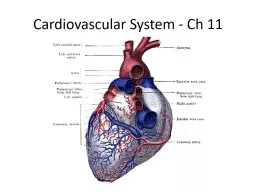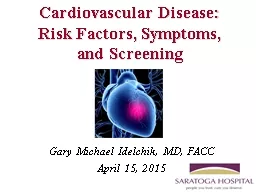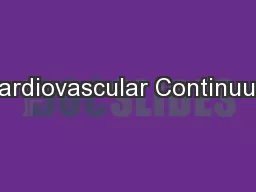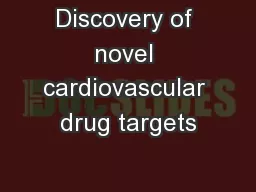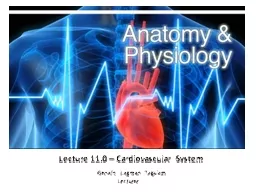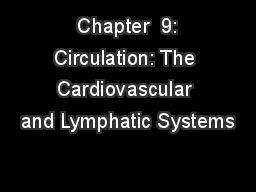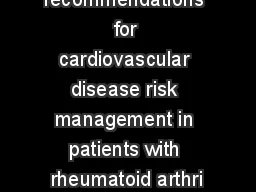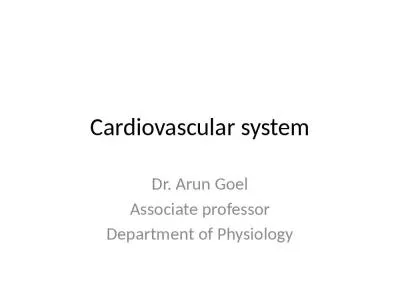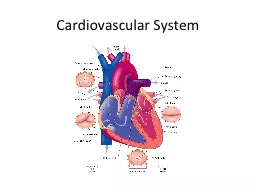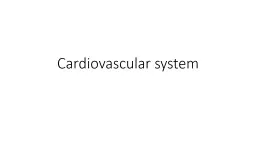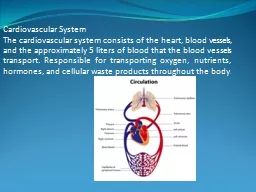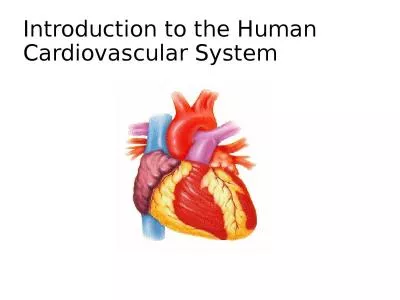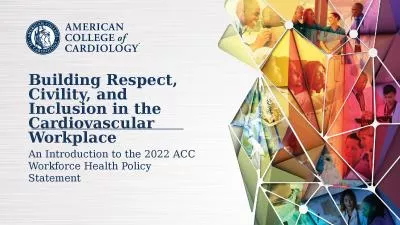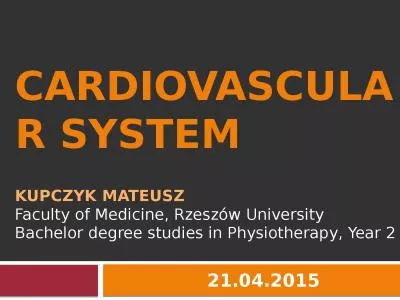PPT-Cardiovascular System - Ch 11
Author : danika-pritchard | Published Date : 2020-04-03
Heart Facts heart pumps 7000 liters of blood daily heart arteries arterioles capillaries site of gas waste nutrient exchange venules veins heart 14 cm long
Presentation Embed Code
Download Presentation
Download Presentation The PPT/PDF document " Cardiovascular System - Ch 11" is the property of its rightful owner. Permission is granted to download and print the materials on this website for personal, non-commercial use only, and to display it on your personal computer provided you do not modify the materials and that you retain all copyright notices contained in the materials. By downloading content from our website, you accept the terms of this agreement.
Cardiovascular System - Ch 11: Transcript
Download Rules Of Document
" Cardiovascular System - Ch 11"The content belongs to its owner. You may download and print it for personal use, without modification, and keep all copyright notices. By downloading, you agree to these terms.
Related Documents

